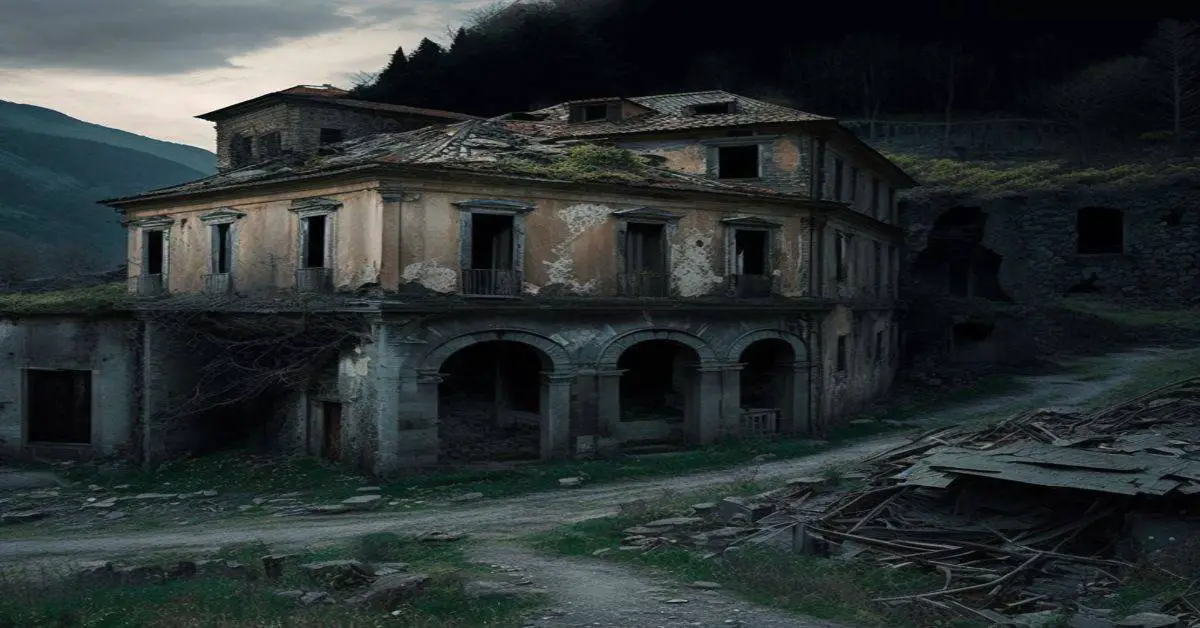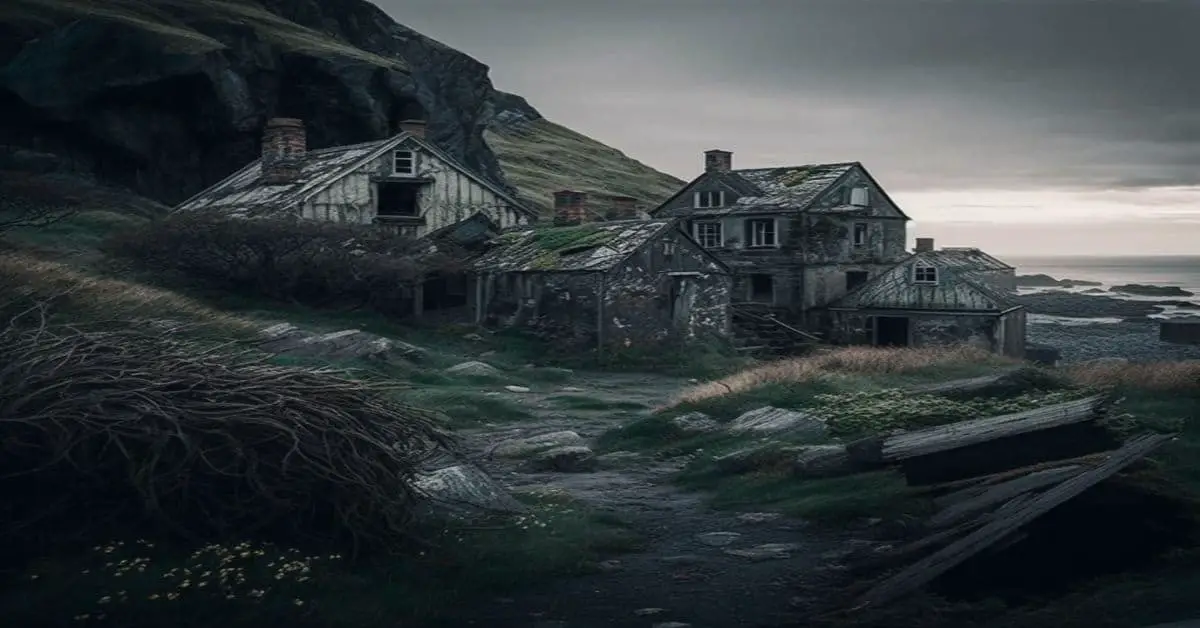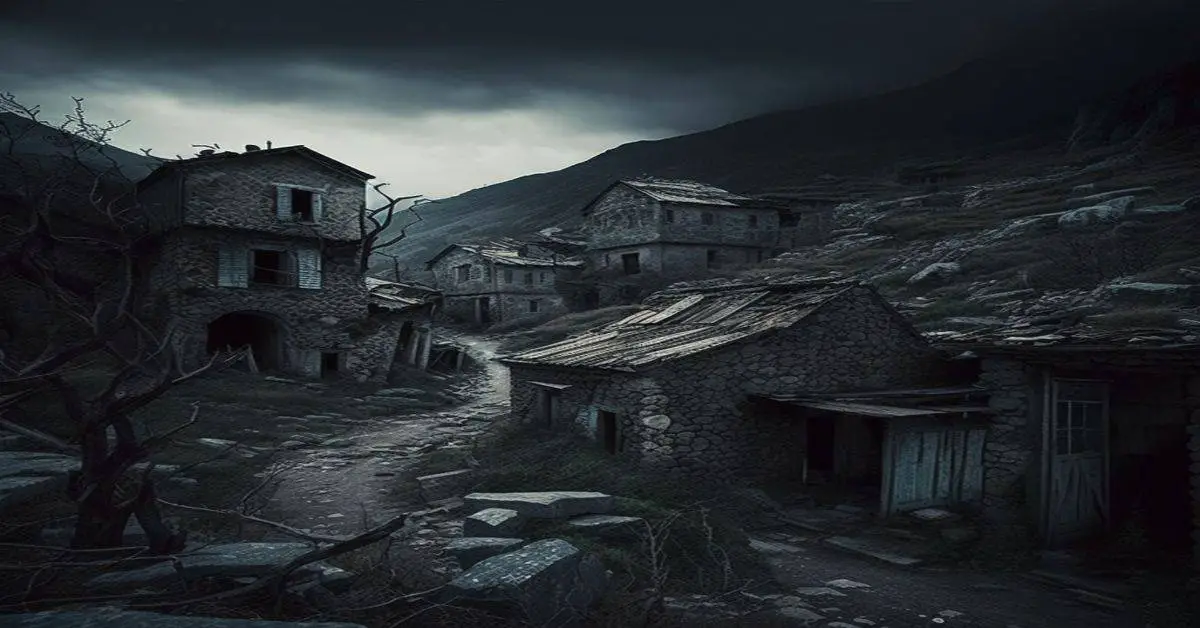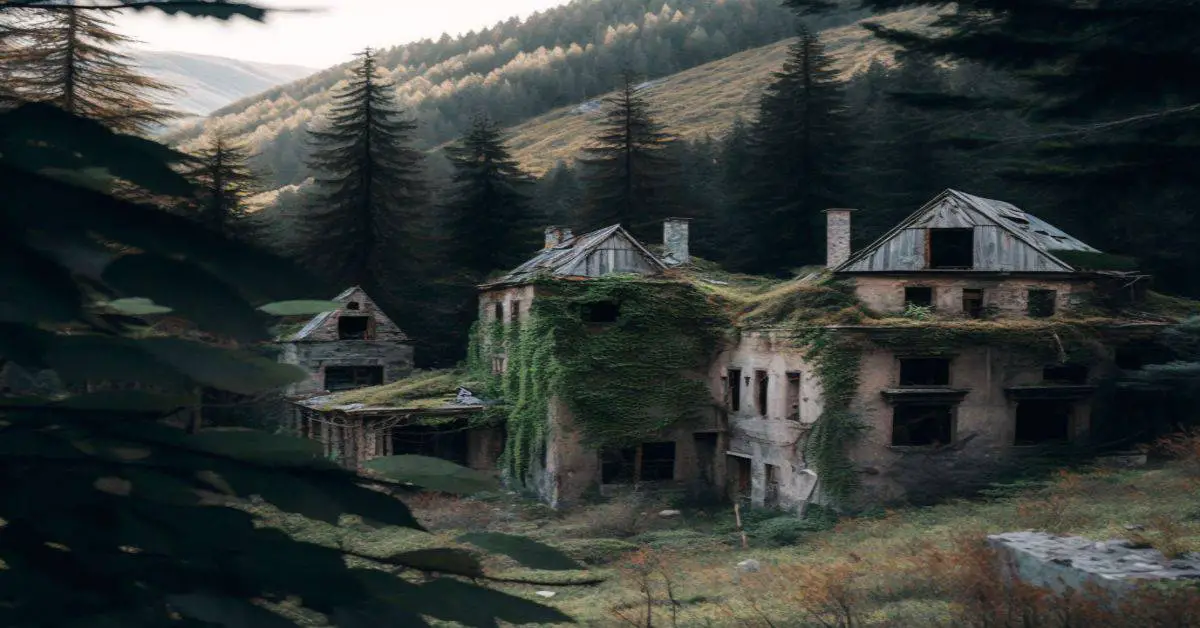Sumpter Oregon: A Ghost Town With a Golden History
Located amidst the picturesque Blue Mountains of Eastern Oregon, Sumpter is a charming ghost town with a fascinating history. From its humble beginnings as a gold mining boomtown to its current status as a historic tourist destination, Sumpter has a unique story to tell.
In this comprehensive guide, we’ll explore the rich history of Sumpter, Oregon, its evolution over the years, and its enduring legacy as a testament to the American Gold Rush.
The Origins of Sumpter Oregon
In 1862, five men from South Carolina were en route to the California gold fields when they stumbled upon a gold discovery at Cracker Creek. The men decided to stay and build a cabin named Fort Sumter after a famous Civil War-era fort in South Carolina.
The town’s spelling was later changed to Sumpter with a “p”, and the “Fort” was dropped.
The Early Settlers
The early settlers of Sumpter were primarily farmers, intending to use the land for agricultural purposes. However, their plans were quickly overtaken by the influx of prospectors and miners who arrived in the area following the discovery of gold.
The population soared to 3,000, and the once quiet settlement transformed into a bustling mining town.
The Gold Mining Boom
With the arrival of new technology in the 1890s and the extension of the Sumpter Valley Railway in 1897, Sumpter began to grow rapidly. By the early 1900s, the town had become a major hub for the surrounding mining camps, earning the nickname “The Queen City.”
The mines around Sumpter produced nearly $9 million in gold from the area’s 35 mines.
The Rise of Sumpter
During the peak of the gold mining boom, Sumpter was a thriving town with seven hotels, sixteen saloons, three newspapers, two churches, an opera house, two banks, and a red-light district. The town’s population had grown to over 3,500 residents.
The narrow-gauge Sumpter Valley Railway moved people and goods from Baker City through Sumpter and on to Prairie City, connecting the town to the wider region.
The Dredging Era
In 1913, gold dredging operations began in the Powder River, constructing massive floating gold dredges that extracted the precious metal from river gravels. The largest of these dredges, the Sumpter Valley Dredge, was built in 1935 and operated until 1954.
This 72-bucket monster processed nine cubic feet of material per minute, recovering an estimated $4.5 million worth of gold during its operation.
The Impact of Dredging
The dredging operations left a lasting impact on the landscape of Sumpter Valley. The dredge filtered out the gold and deposited gravel from a 96-foot conveyor, leaving behind neat piles of tailings up and down the valley.
The dredging process rendered the creek unusable for farming or husbandry, and the lands are now part of an Oregon state park.
The Great Fire of 1917
Tragedy struck Sumpter in 1917, when a devastating fire swept through the town. The flames likely began in the Capitol Hotel and rapidly spread to nearly 100 buildings over 12 town blocks.
Dynamite was needed to put out the fire, and only a few fireproof buildings remained, including the brick vault of the local bank. With the mines already in decline, few people had the incentive to stay and rebuild, and most residents moved on.
The Decline of Sumpter Oregon
Following the fire and the dwindling mine production, Sumpter’s population began to decline. The Sumpter Valley Railway ceased operations in 1947, and the last gold dredge stopped working in 1953.
The town’s population dwindled to a mere fraction of its former size, and Sumpter became a ghost town.
Sumpter Oregon Today
Despite being a ghost town, Sumpter has experienced a revival as a historic tourist attraction. The Sumpter Valley Dredge, now a part of the Sumpter Dredge State Park, has been preserved and offers tours during the summer months.
The reconstructed Sumpter Valley Railroad offers steam engine tours, giving visitors a glimpse into the town’s past.
Modern Sumpter
Today, Sumpter is a quiet mountain town with around 175 residents. The town is popular with hunters in the fall and snowmobilers in the winter.
Small-scale gold mining is still practiced in the surrounding mountains, and the town is home to several retail shops and a bed and breakfast.
Exploring Sumpter Oregon
Visiting Sumpter, Oregon offers a unique opportunity to explore American history firsthand.
From the Sumpter Valley Dredge State Park to the historic Sumpter Valley Railroad, there are plenty of attractions for history buffs and curious travelers alike.
Sumpter’s Annual Events
Sumpter comes alive during its annual celebrations, such as Memorial Day, Labor Day, and the 4th of July weekends. The town hosts one of the most popular flea markets in the state, attracting hundreds of vendors and visitors to its streets.
Conclusion
The story of Sumpter, Oregon is a testament to the resilience and adaptability of small towns in the face of adversity. From its gold mining boom to its transformation into a ghost town, Sumpter has managed to preserve its history and charm for future generations.
If you’re ever in Eastern Oregon, visiting this fascinating ghost town is well worth your time.



